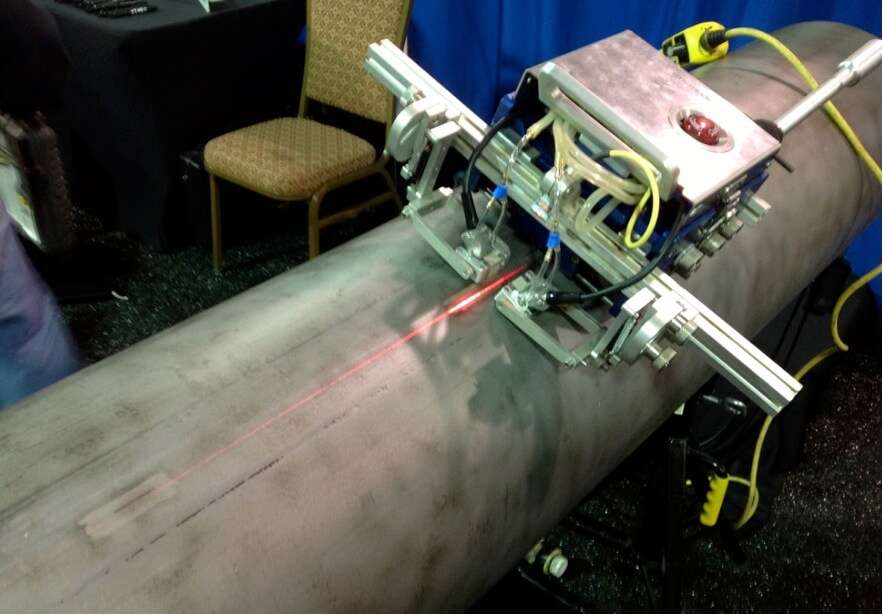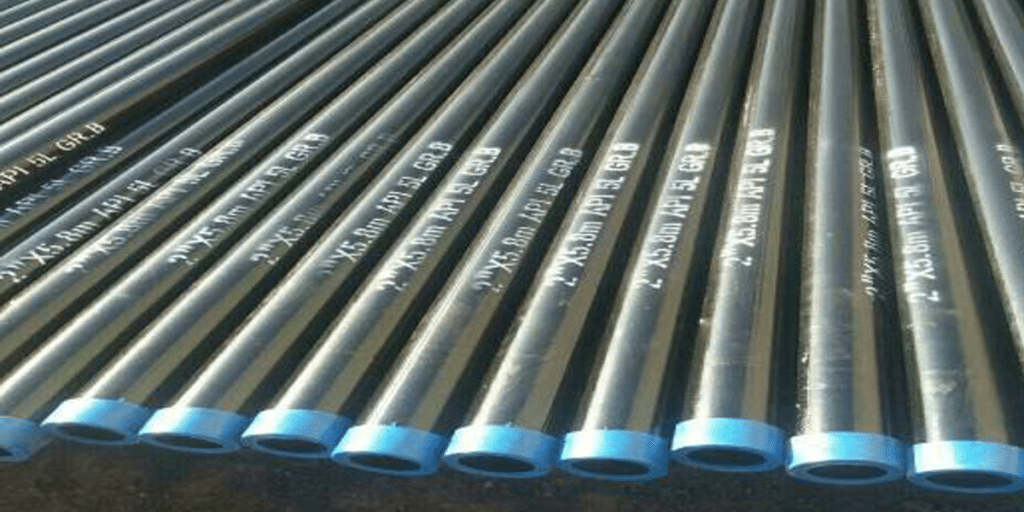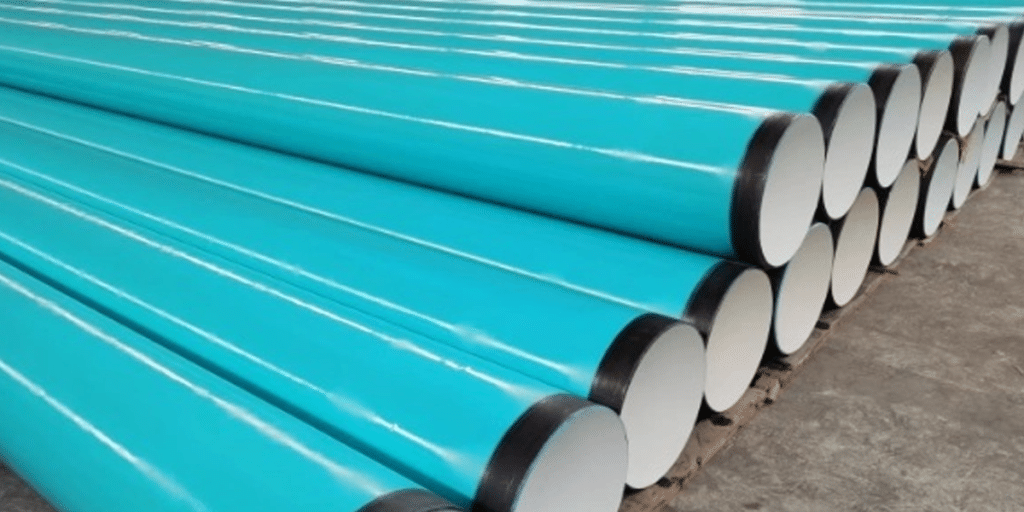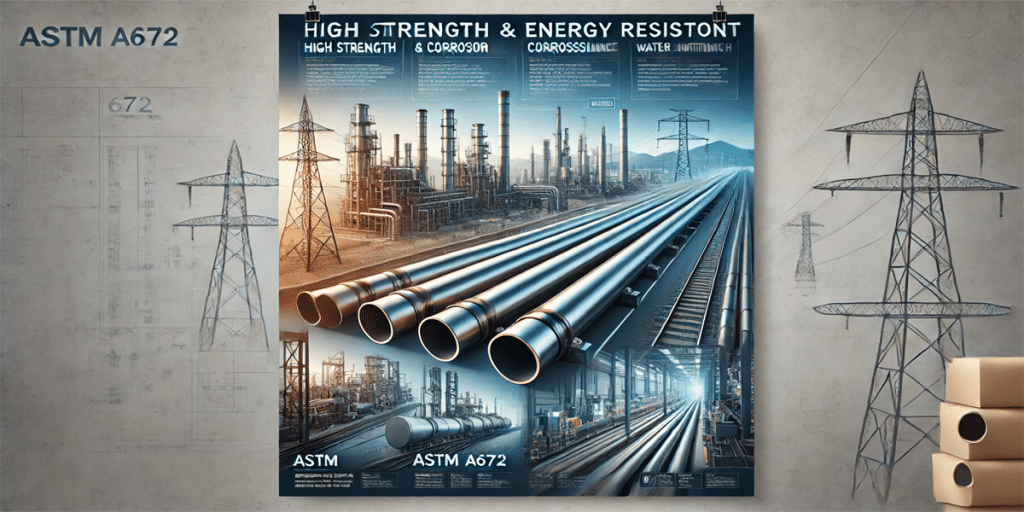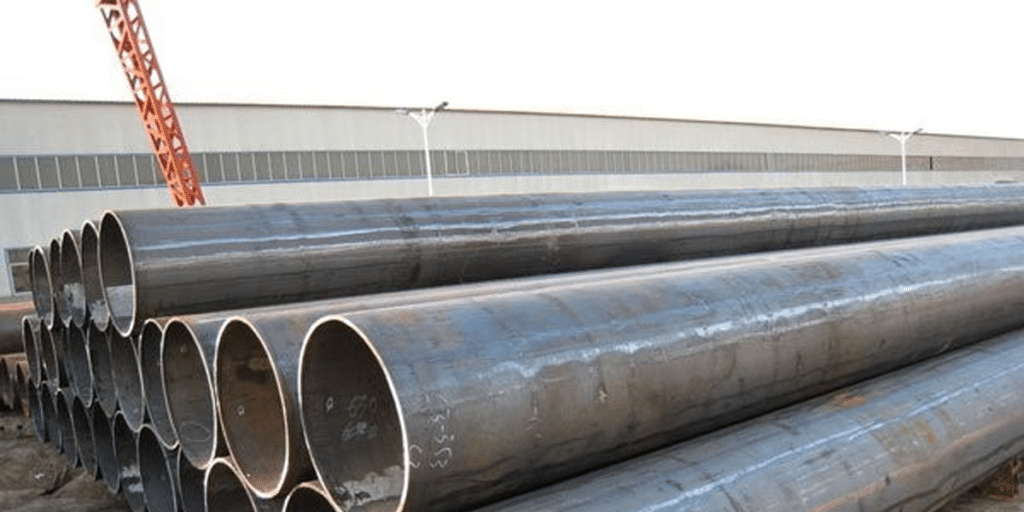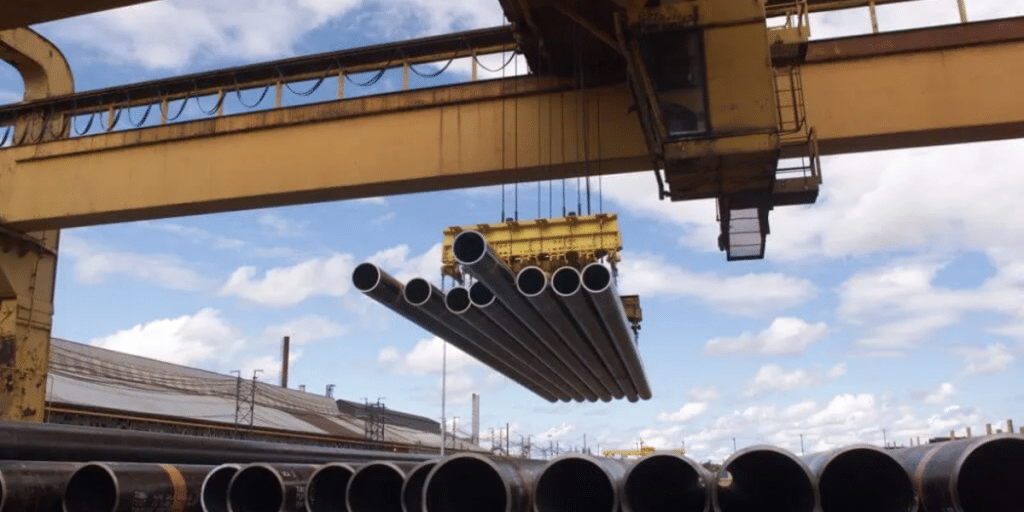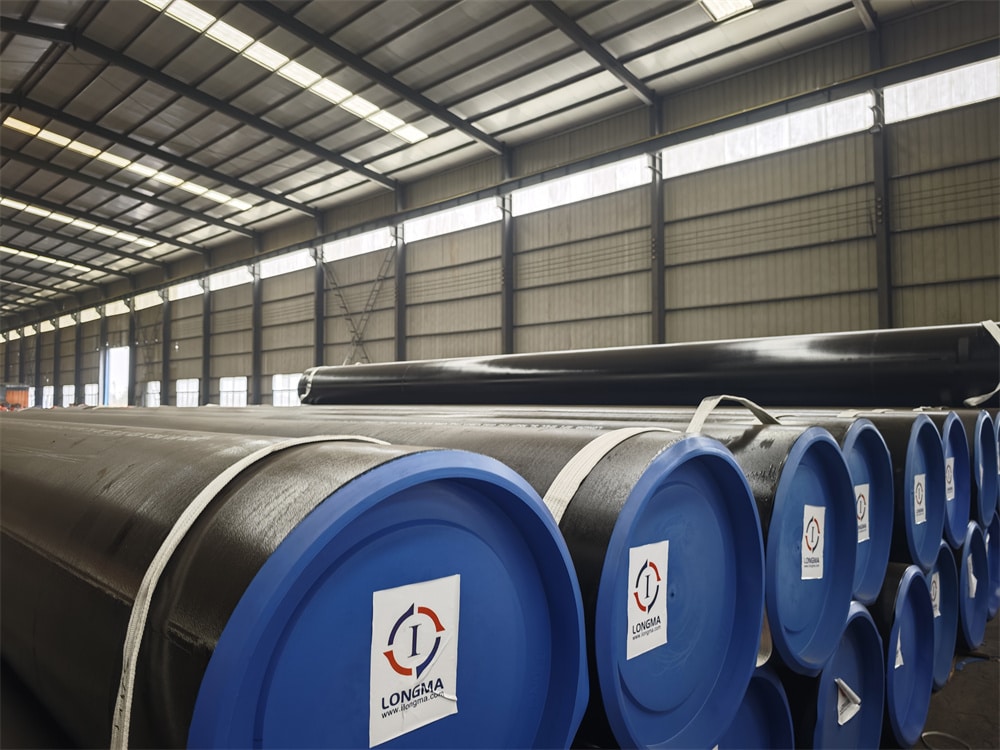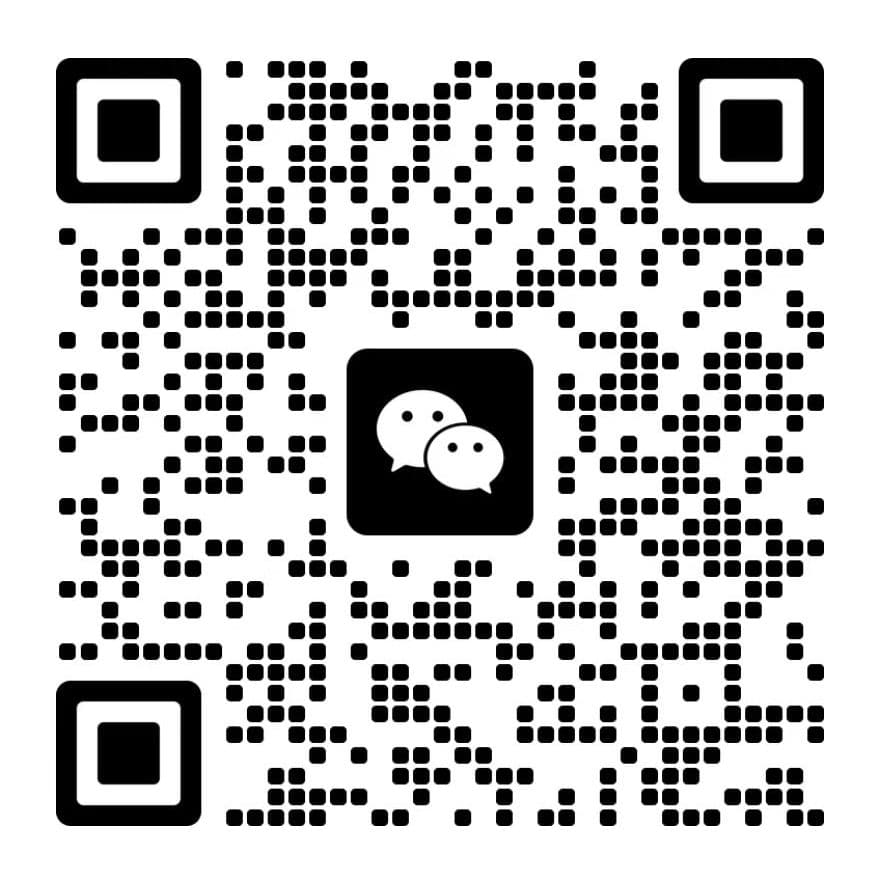The Weld Inspection training program provides thorough training and qualification for potential welding inspection personnel who may become involved in the witness, supervision, or surveillance of welding inspection activities. It covers theoretical and practical training sessions that link to current industry standards, specifications, and codes.

What are the responsibilities of an individual who is certified to Weld Inspection Level 2?
- Have a basic understanding of welding techniques, welding positions, welding consumables, weld preparation and welding drawing requirements
- Be able to use welding inspection gauges and other commonly used measuring devices to check pre-weld fit ups and post-weld profiles
- Be able to visually inspect welded constructions and correctly identify any weld/welding imperfection present
- Understand the need for specifications, codes and standards and the need for acceptance levels
- Verify that joint preparation and fit-up are in accordance with welding procedure specifications and/or work instructions
- Basic examination and evaluation of weld sequence
- Visual inspection of completed welds
- Possess an understanding of the relationship between quality assurance, quality control and inspection procedures
- Confirm that welders have been properly qualified in accordance with applicable codes and standards, and that their certification is current and valid for the welding procedures applied
- Observe the preparation of test pieces and destructive tests, verifying compliance with relevant specifications
- Verify against specifications the correctness of base/parent material and welding consumables
- Verify that joint preparation and fit-up are in accordance with specifications
- Confirm during welding that only specified and accepted welding procedures (approved by the appropriate quality, technical or regulatory authority) are used and applied
- Examine and evaluate
- Review NDT reports on welding work for which the Weld Inspection level 2 is responsible
- Record welding inspection results in a manner such that the welds inspected may subsequently be identified

